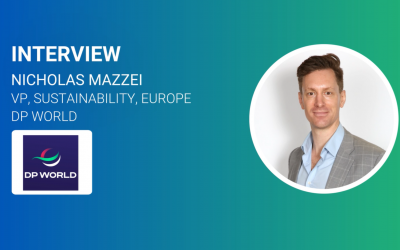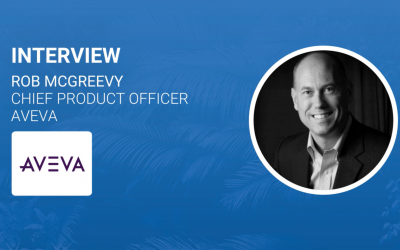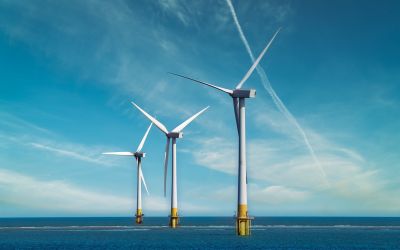Marion Maloney on how investing in nature pays, generating good returns and enhancing biodiversity
Marion Maloney from the Environment Agency Pension Fund spoke to Climate Action ahead of the Sustainable Investment Forum Europe on how investing in nature pays, generating good returns and enhancing biodiversity.

Natural Capital - Our New Asset Class
Marion Maloney from the Environment Agency Pension Fund spoke to Climate Action ahead of the Sustainable Investment Forum Europe on how investing in nature pays, generating good returns and enhancing biodiversity.
Why focus on nature?
We are totally dependent upon the natural world. These are the words of David Attenborough, taken from the Dasgupta Review in 2021 on the economics of biodiversity. Back then, the Environment Agency Pension Fund had just started to identify companies in our portfolio that had cut their carbon emissions, but produced products which were clearly impacting on nature. We tried to engage but couldn’t get far. Fast forward to today and we have measured the nature risks in our portfolio. One of our top nature risks is from semi-conductors – a product vital for the modern economy but producing them requires chemicals which last forever in the environment.
The finance industry is just waking up to the impact of these chemicals. The problem is there appears to be no solution at commercial scale and they are found in products far beyond semi-conductors. As a Fund we need to do more than understand the dependencies and impacts on nature in our portfolio. We want to invest in a way that has a positive impact. So we have created a Natural Capital Asset Class and committed 4% of our assets - £180m – to enhancing biodiversity.
How can you invest in nature?
One way is to invest in nature-based solutions. This means using natural capital, such as trees, oceans and peat bogs to sequester carbon and enhance biodiversity at the same time. Another potential investment opportunity is in sustainable agriculture, which grows produce in a way which has a demonstrable benefit to nature, like restoring soil quality. Biodiversity credits are also starting to emerge as a potential investment opportunity, especially within regulated schemes.
When we invest, these are some of the things we always check:
- Can it deliver the financial return we need?
- Are the natural assets the right ones in the right location? Are they fit for the long-term?
- What is the starting point (as measured by science) and what are we looking to achieve? How can we evidence improvement?
- How is the investment helping local people?
- If carbon is sequestered, is it calculated accurately, independently verified, truly additional and genuinely removed from the atmosphere permanently?
- If biodiversity credits are going to be earned, how is the benefit measured and by whom, and who is the target market for buying these?
What have the results been so far?
The early results are looking positive. We are seeing more asset managers coming forward with investment opportunities across private and public asset classes. Increasingly, these products are underpinned by hard core science and look to manage land in a way that is sympathetic to the local environment, with robust monitoring and detailed impact monitoring.
Nature based solutions are often on land which offer amenities to local people. We are seeing good examples from our asset managers of investments fitting in locally in terms of how local people access the land, how the land is acquired and priced; and importantly how they are creating good quality jobs for local people. And ultimately, we are seeing that investing in nature pays. We are generating good returns and truly enhancing biodiversity. We have helped to increase the number of protected species in an area and animals have moved back into areas after many years of absence, and protected and grown native woodland.
The scientific evidence is key. Key to having confidence in the asset manager’s approach, to knowing we are making an impact and key to showing our beneficiaries, many of whom are scientists themselves, that their pension fund is truly helping nature. But ultimately we have a bigger, longer and more important vision – we want all asset managers in all asset classes to consider nature. And for that, our journey is only just beginning…
Marion Maloney, Head of Investments, Environment Agency Pension Fund (England and Wales) will be speaking at the Sustainable Investment Forum Europe on 2nd May in Paris- please register here.






